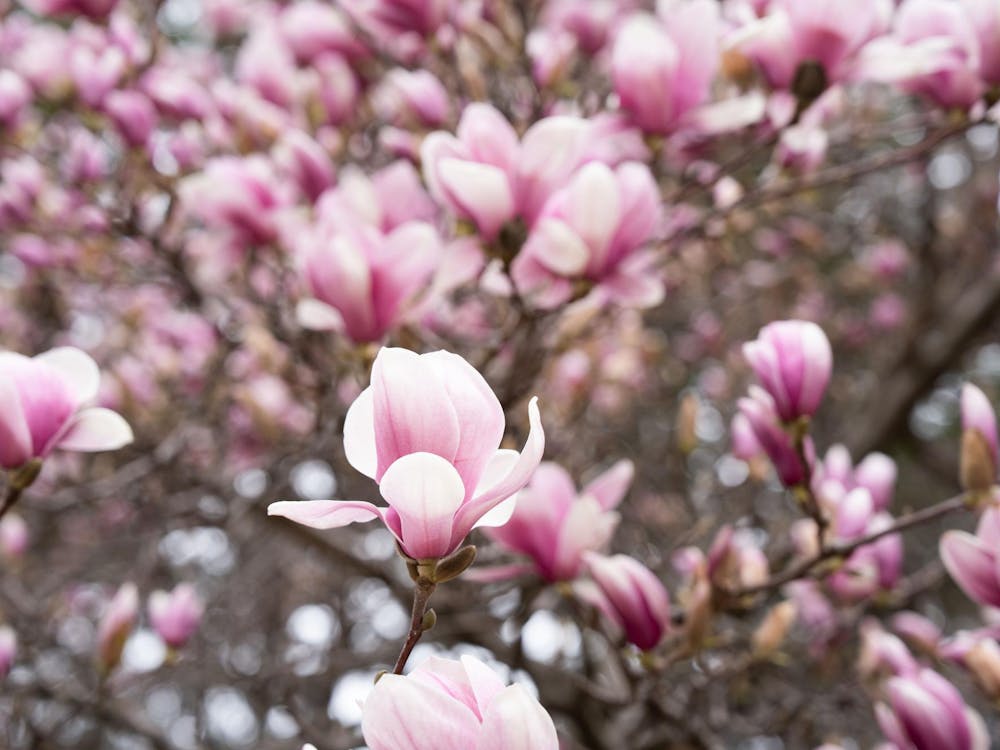The yield for admitted students of the University’s Class of 2017 rose 2 percent from 66.7 to 68.7 percent in the second year since the University reinstated its early admission program, Dean of Admission Janet Rapelye said Thursday.
As of May 1, 1,327 students have enrolled, 35 of whom will defer matriculation for a year to enter the Bridge Year Program.
The remaining 1,292 students will join the Class of 2017 for the 2013-14 academic year. This number is only slightly higher than the target class size of 1,290.
Harvard University reported an 82 percent yield — the highest in 44 years. Brown University reported a 60 percent yield rate, its highest in 15 years. The University of Pennsylvania's yield rate was 64.3 percent, its highest in five years. The other Ivy League schools have not yet reported their yield rates.
Since 1997, the University has switched from offering regular decision together with a binding early decision program to only offering regular decision to its current policy of single-choice early action.
Princeton’s yield had hovered between 56 and 58 percent between 2008 and 2011 following the University’s decision to get rid of its early decision program. Similar decisions were adopted by Harvard and the University of Virginia.
The other six Ivy League schools did not remove their early application rounds when both Princeton and Harvard did in 2007.
In 2011, the University reinstituted its early application policy for the Class of 2016. That year, theyield jumped 10 percent compared to the 66.7 percent yield a year earlier.
Rapelye explained in an interview that the Office of Admission does not compare yields of other college institutions when evaluating the University’s admissions.
“Each school has their own pattern,” Rapelye said. “We were really pleased with the fact that our yield is up slightly from last year. Comparing yields between schools seems, to me, not the place to be making comparisons. The strength of our student body, the strength of our curriculum are the points we want to measure.”
Rapelye noted that the current yield provides the exact class size that the Office of Admission was aiming for.

She added that the number will likely decrease due to students who choose to take a gap year or to enroll elsewhere after being admitted off of another school’s waitlist. If so, the Office of Admission will begin to accept students from the University’s waitlist until June 30.
Last year, the Office of Admission faced an over-enrollment of 49 students for the Class of 2016, whichprompted the housing department to find room for the extra students. The Writing Program also had tohire extra instructors for its writing seminars targeted at freshmen.
As a result, Rapelye said they reduced the target number for the Classes of 2017 through 2020 by 18 students each.
Although the Office of Admission has officially received all applicant responses to offers of admission, Rapelye explained that the University does not issue a press release with the incoming class statistics — including the yield — until September because the enrolled class will continue to change through the summer.
“The statistics in September are the final and formal statistics for the class,” Rapelye said. “Right now, these are sort of the preliminary numbers … It may be that the [yield] is slightly different in September. It’s always slightly different.”
Of those enrolled, about 12 percent are international students, 41 percent are students of color and 22 percent are in the engineering program. The class is also split evenly along gender lines, with 50.6 percent males.
The University admitted a total of 1,931 students to the Class of 2017 for a 7.29 percent admission rate.
Correction: Due to a reporting error, an earlier version of this article and its headline incorrectly stated that this year's yield rate was higher than Yale's. Yale has not yet released its yield rate for its Class of 2017. The 'Prince' regrets the error.







